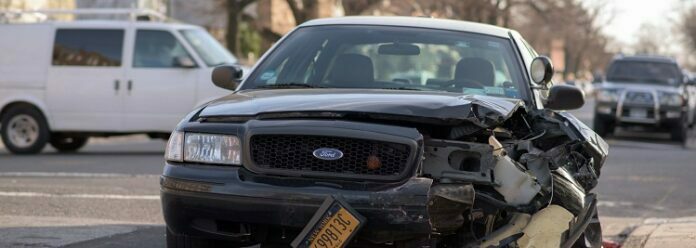Whether or not you can sue for a car accident caused by someone else’s negligence on their part requires an expert Personal Injury Attorney. In this article we will discuss the Comparative Negligence System, Duty of Care, and Proof of negligence. We will also cover the statute of limitations. If you have questions about premises liability, contact an attorney today. Read on to learn more about how to file a claim for a car accident caused by someone else’s negligence.
Table of Contents
Comparative negligence system
In car accidents, the comparative negligence system assigns blame to both drivers based on a percentage. For example, driver A turns on a green light while driver B is speeding across the intersection. Both drivers end up in a collision, causing driver A to sue driver B. Under the comparative negligence system, driver A will receive 20% of the judged value due to her own negligence. While California follows the same system as the rest of the country, the system in New York is slightly different.
The system in New York is pure comparative fault. That is, if one of the drivers was even 10% at fault for the accident, the injured party will still be entitled to compensation. The other driver will be responsible for the other 50% of the accident, and will have to pay the rest. But New York has modified comparative negligence, which gives accident victims partial compensation even if they were partially to blame for the accident.
Duty of care
Among the different elements of a negligence claim is the duty of care. In a car accident, it is necessary to establish that the defendant was not reasonably careless, resulting in injuries to other people. In car accidents, the at-fault driver owed the injured party a duty of care, or an obligation to ensure that they would not cause harm. This duty must have been breached in some way.
In most car accidents, the standard of care is the “reasonable man” standard. That is, individuals are expected to act reasonably in a particular situation. But this standard is often interpreted differently depending on the circumstances. For example, in a two-car accident, a driver must prove that they took reasonable care in their actions to avoid the accident. A lawyer must show that the defendant was negligent, if the driver was not responsible for the accident.
Proof of negligence
In car accidents, proving negligence is an important element of a personal injury lawsuit. The responsible party must demonstrate that their actions were negligent, and the accident caused the injured person to sustain injury or damage. Negligence can be difficult to prove, especially if the accident was aggravated by a third party. In order to prove negligence, a plaintiff must establish four factors: duty of care, breach of duty, causation, and damages.
A negligence claim can be based on an act of wrongdoing by another party, such as drinking alcohol or texting while driving. It can also be proven if the negligent driver failed to take reasonable precautions to avoid injuring the other party. A negligent driver can also be held responsible for causing the accident if he failed to use reasonable care when driving. In many cases, proving the negligent party’s actions increases the likelihood of the plaintiff’s winning the case.
Statute of limitations
There is a statute of limitations for premises liability claims in New York. This statute imposes a three-year deadline for injured parties to file a lawsuit. It is important to note, however, that this deadline only applies to lawsuits. Insurance claims have a shorter statute of limitations, which can be as short as 90 days. In such situations, you need to act quickly to preserve evidence and make your claim.
In addition, if the accident resulted in a death, the surviving family members of the deceased may only pursue a lawsuit within two years. However, if the accident occurred on someone else’s property, this time period is much shorter. However, if you are still alive after the accident, you may be able to file a wrongful death claim. If you are not sure whether you can still file a wrongful death claim, it is recommended to contact premises liability lawyers Philadelphia, PA to get your case started.









